0%
ছাড়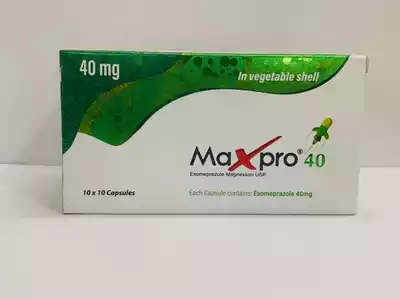

- Home
- /
- ফার্মেসি
- /
- গ্যাস্ট্রিক
বিস্তারিত
Indications
Esomeprazole is indicated:
To relieve from chronic heartburn symptoms and other symptoms associated with GERD
For the healing of erosive esophagitis
For maintenance of healing of erosive esophagitis
In combination with amoxicillin and clarithromycin for eradication of Helicobacter pylori infection in patients with duodenal ulcer disease.
Zollinger-Ellison Syndrome
Acid related Dyspepsia
Duodenal & Gastric ulcer
Campaign Banner
Pharmacology
Esomeprazole is a proton pump inhibitor that suppresses gastric acid secretion by specific inhibition of the H+/K+-ATPase in the gastric parietal cell. Esomeprazole (S-isomer of omeprazole) is the first single optical isomer of proton pump inhibitor, provides better acid control than racemic proton pump inhibitors.
Absorption: Esomeprazole capsules contain an enteric-coated pellet formulation of esomeprazole magnesium. After oral administration peak plasma levels (Cmax) occur at approximately 1.5 hours (Tmax). The Cmax increases proportionally when the dose is increased, and there is a three-fold increase in the area under the plasma concentration-time curve (AUC) from 20 to 40 mg. At repeated once daily dosing, the systemic bioavailability is approximately 90% compared to 64% after a single dose. The AUC after administration of a single dose of esomeprazole is decreased by 33-53% after food intake compared to fasting conditions. Esomeprazole should be taken at least one hour before meals.
Distribution: Esomeprazole is 97% bound to plasma proteins. Plasma protein binding is constant over the concentration range of 2 20 mmol/L. The apparent volume of distribution at steady state in healthy volunteers is approximately 16 L.
Metabolism: Esomeprazole is extensively metabolized in the liver by the cytochrome P450 (CYP) enzyme system. The metabolites of esomeprazole lack anti-secretory activity. The major part of esomeprazole’s metabolism is dependent upon the CYP2C19 isoenzyme, which forms the hydroxy and desmethyl metabolites. The remaining amount is dependent on CYP3A4 which forms the sulphone metabolite.
Excretion: The plasma elimination half-life of esomeprazole is approximately 1–1.5 hours. Less than 1% of parent drug is excreted in the urine. Approximately 80% of an oral dose of esomeprazole is excreted as inactive metabolites in the urine, and the remainder is found as inactive metabolites in the faeces.
Combination Therapy with Antimicrobials: Esomeprazole magnesium 40 mg once daily is given in combination with clarithromycin 500 mg twice daily and amoxicillin 1000 mg twice daily for 7 days. The mean steady state AUC and Cmax of Esomeprazole increased by 70% and 18%, respectively, during triple combination therapy compared to treatment with Esomeprazole alone. The pharmacokinetic parameters for clarithromycin and amoxicillin are similar during triple combination therapy and administration of each drug alone. However, the mean AUC and Cmax for 14-hydroxyclarithromycin are increased by 19% and 22%, respectively, during triple combination therapy compared to treatment with clarithromycin alone. This increase in exposure to 14-hydroxyclarithromycin is not considered to be clinically significant.
Dosage
Healing of Erosive Esophagitis: 20 mg or 40 mg Once Daily for 4-8 Weeks. The majority of patients are healed within 4 to 8 weeks. For patients who don't heal after 4-8 weeks, an additional 4-8 weeks of treatment may be considered. Maintenance of Healing of Erosive
Esophagitis: 20 mg Once Daily (Clinical studies did not extend 6 months).
Symptomatic GERD: 20 mg Once Daily for 4 Weeks. If symptoms do not resolve completely after 4 weeks, an additional 4 weeks of treatment may be considered.
Helicobacter Pylori eradication: Triple Therapy to reduce the risk of Duodenal Ulcer recurrence-Esomeprazole 40 mg Once Daily for 10 days, Amoxicillin 1000 mg Twice Daily for 10 days, Clarithromycin 500 mg Twice Daily for 10 days.
Zollinger-Ellison Syndrome: The dose is 20-80 mg once daily. The dosage should be adjusted individually and treatment continued as long as clinically indicated.
Acid-related Dyspepsia: 20-40 mg once daily for 2-4 weeks according to the response.
Duodenal ulcer: 20 mg once daily for 2-4 weeks. Gastric ulcer: 20-40 mg once daily for 4-8 weeks.
Injection: The recommended adult dose is 40 mg Esomeprazole given once daily by intravenous injection (not less than 3 minutes) or intravenous infusion (10 to 30 minutes). Esomeprazole IV injection should not be administered concomitantly with any other medications through the same intravenous site. Treatment with Esomeprazole IV injection should be discontinued as soon as the patient is able to resume treatment with Esomeprazole delayed-release capsules. Safety and effectiveness in paediatric patients have not been established.
Administration
Esomeprazole tablet or capsule: should be swallowed whole and taken one hour before a meal.
Direction for use of Delayed-Release Oral Suspension: Whole contents of the packet should be taken into a small glass containing 15 ml. of water. The mixer should be stirred well and leave 2 to 3 minutes to thicken. Stir again and drink within 30 minutes. If any medicine remains after drinking, add more water, stir, and drink immediately. If the suspension is to be administered through a nasogastric or gastric tube, the volume of water in the syringe should be 15 ml. & immediately shake the syringe and leave 2 to 3 minutes to thicken. Shake the syringe and inject it through the nasogastric or gastric tube into the stomach within 30 minutes. An appropriately sized syringe should be used. Shake and flush any remaining contents from the nasogastric or gastric tube into the stomach.
Esomeprazole IV Injection: Esomeprazole IV should be given as a slow intravenous injection. The solution for IV injection is obtained by adding to the vial 5 ml of the solvent (WFI) provided. After reconstitution, the injection should be given slowly over a period of at least 3 minutes. The solution should be used within 12 hours of reconstitution when stored at room temperature up to 30°C. No refrigeration is required. The reconstituted solution should not be used if it contains visible particulate.
* চিকিৎসকের পরামর্শ মোতাবেক ঔষধ সেবন করুন'
Interaction
Esomeprazole is extensively metabolized in the liver by CYP2C19 and CYP3A4. In vitro and in vivo studies have shown that Esomeprazole is not likely to inhibit CYPs 1A2, 2A6, 2C9, 2D6, 2E1 and 3A4. No clinically relevant interactions with drugs metabolized by these CYP enzymes would be expected. Drug interaction studies have shown that Esomeprazole does not have any clinically significant interactions with phenytoin, warfarin, quinidine, clarithromycin or amoxicillin.
Esomeprazole may potentially interfere with CYP2C19, the major Esomeprazole metabolizing enzyme. Co-administration of Esomeprazole 30 mg and diazepam, a CYP2C19 substrate has resulted in a 45% decrease in clearance of diazepam. Increased plasma levels of diazepam have been observed 12 hours after dosing and onwards. Esomeprazole inhibits gastric acid secretion. Therefore, Esomeprazole may interfere with the absorption of drugs where gastric pH is an important determinant of bioavailability (e.g., ketoconazole, iron salts and digoxin).
Co-administration of oral contraceptives, diazepam, phenytoin, or quinidine do not seem to change the pharmacokinetic profile of Esomeprazole.
Combination Therapy with Clarithromycin: Co-administration of esomeprazole, clarithromycin, and amoxicillin has resulted in increases in the plasma levels of esomeprazole and 14-hydroxyclarithromycin.
Contraindications
Esomeprazole is contraindicated in-patient with known hypersensitivity to any of the formulation.
Side Effects
The most frequently occurring adverse events reported with Esomeprazole include headache, diarrhoea, nausea, flatulence, abdominal pain, constipation and dry mouth. There are no difference in types of related adverse events seen during maintenance treatment upto 12 months compared to short term treatment.
Pregnancy & Lactation
There are no adequate and well-controlled studies in pregnant women. Animal studies have revealed no teratogenic effects. The excretion of esomeprazole in milk has not been studied. Breast-feeding should be therefore be discontinued if the use of esomeprazole is considered essential.
Precautions & Warnings
General: Symptomatic response to therapy with esomeprazole does not preclude the presence of gastric malignancy.
Information for patients: Esomeprazole capsules should be taken at least one hour before meals. For patients who have difficulty swallowing capsules, one tablespoon of applesauce can be added to an empty bowl and the Esomeprazole capsules can be opened, and the pellets inside the capsule carefully emptied onto the applesauce. The pellets should be mixed with the applesauce and then swallowed immediately. The applesauce used should not be hot and should be soft enough to be swallowed without chewing. The pellets should not be chewed or crushed. The pellet/applesauce mixture should not be stored for future use. Antacids may be used while taking esomeprazole.
Use in Special Populations
Paediatric Use: Safety and effectiveness in paediatric patients have not been established.
Geriatric Use: No overall differences in safety and efficacy have been observed between the elderly and younger individuals, and other reported clinical experience has not identified differences in responses between the elderly and younger patients, but greater sensitivity of some older individuals cannot be ruled out
Hepatic Insufficiency: No dosage adjustment is recommended for patients with mild to moderate hepatic insufficiency. However, in patients with severe hepatic insufficiency, a dose of 20 mg once daily should not be exceeded.
Renal Insufficiency: The Pharmacokinetics of Esomeprazole in patients with renal impairment are not expected to be altered relative to healthy volunteers as less than 1% of Esomeprazole is excreted unchanged in the urine.
Overdose Effects
A single oral dose of Esomeprazole at 510 mg/kg (about 103 times the human dose on a body surface area basis), has been lethal to rats. The major signs of acute toxicity are reduced motor activity, changes in respiratory frequency, tremor, ataxia, and intermittent clonic convulsions. There have been no reports of overdose with Esomeprazole. No specific antidote for Esomeprazole is known. Since Esomeprazole is extensively protein bound, it is not expected to be removed by dialysis. In the event of overdosage, treatment should be symptomatic and supportive. As with the management of any overdose, the possibility of multiple drug ingestion should be considered.
Reconstitution
Infusion: Reconstitute one sterile single-dose vial of Esomeprazole IV Injection with 5 ml of the solvent (WFI) provided and further diluting the resulting solution within 0.9% Sodium Chloride solution or 5% Dextrose solution to make a final volume of 50 ml. The resultant infusion should be given intravenously over a period of 10-30 minutes. Chemical and physical in-use stability has been demonstrated for 12 hours after reconstitution with 0.9% Sodium Chloride solution or for 6 hours after reconstitution with 5% Dextrose solution. From a microbial point of view, the product should be used immediately. Any unused portion should be discarded.
Storage Conditions
Store at a temperature not exceeding 30°C in a dry place. Protect from light and moisture. Keep out of reach of children.
Reviews (0)
Get specific details about this product from customers who own it.
This product has no reviews yet. Be the first one to write a review.
Your review
ভিডিও
Related Product
0%
ছাড়.webp)
 দেশাল-বাজার
দেশাল-বাজার
 চাল-ডালের দোকান
চাল-ডালের দোকান
 ইলেকট্রিক গ্যাজেট
ইলেকট্রিক গ্যাজেট
 কাচা বাজার
কাচা বাজার
 গ্রোসারি দোকান
গ্রোসারি দোকান
 ভোজনশালা
ভোজনশালা
 রান্নাঘর
রান্নাঘর
 পশুখাদ্য
পশুখাদ্য
 ফার্মেসি
ফার্মেসি
 মা ও শিশু'র পণ্য
মা ও শিশু'র পণ্য


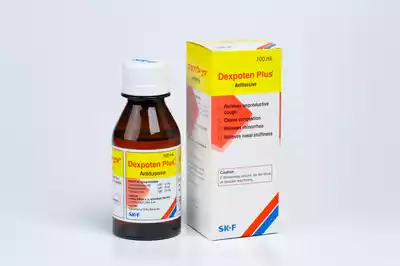
.jpg)




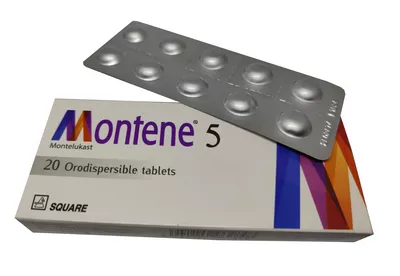











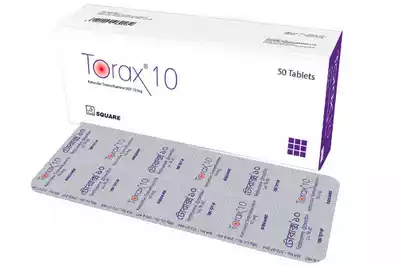
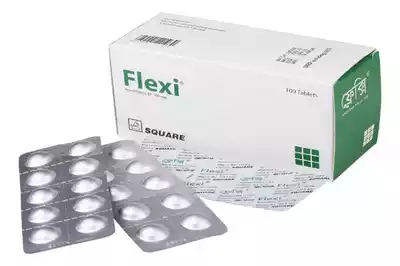


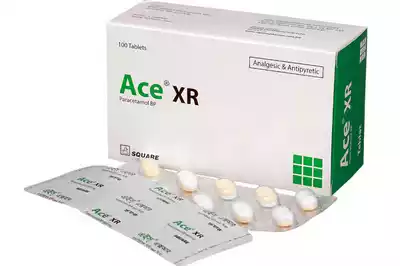


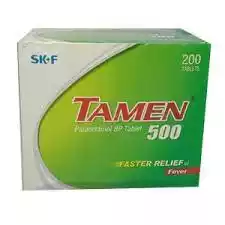
.webp)

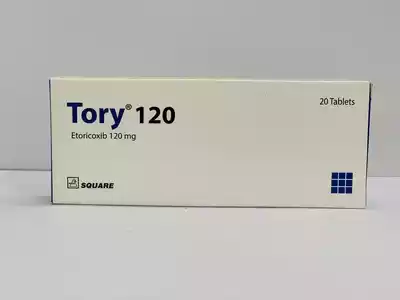
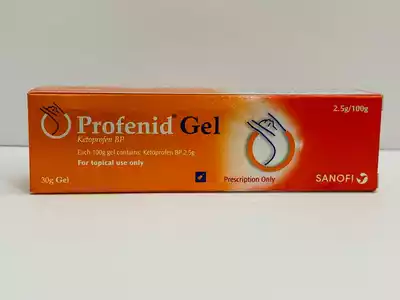











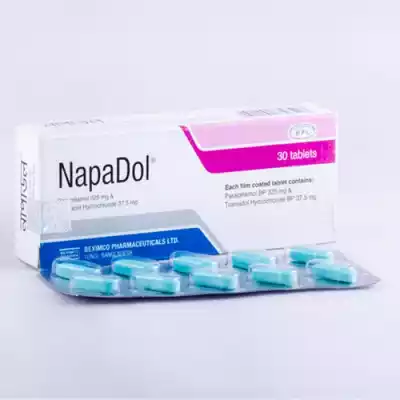



















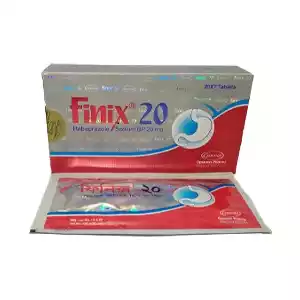


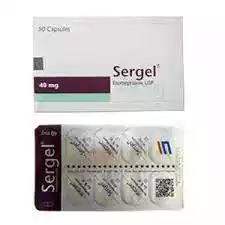
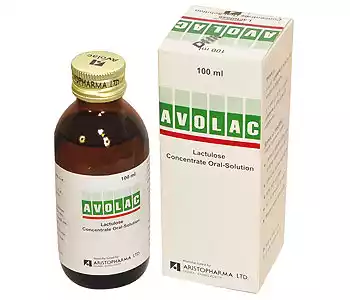


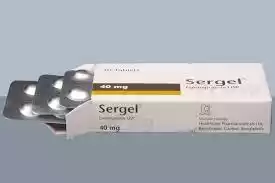







.jpg)
.png)
.png)
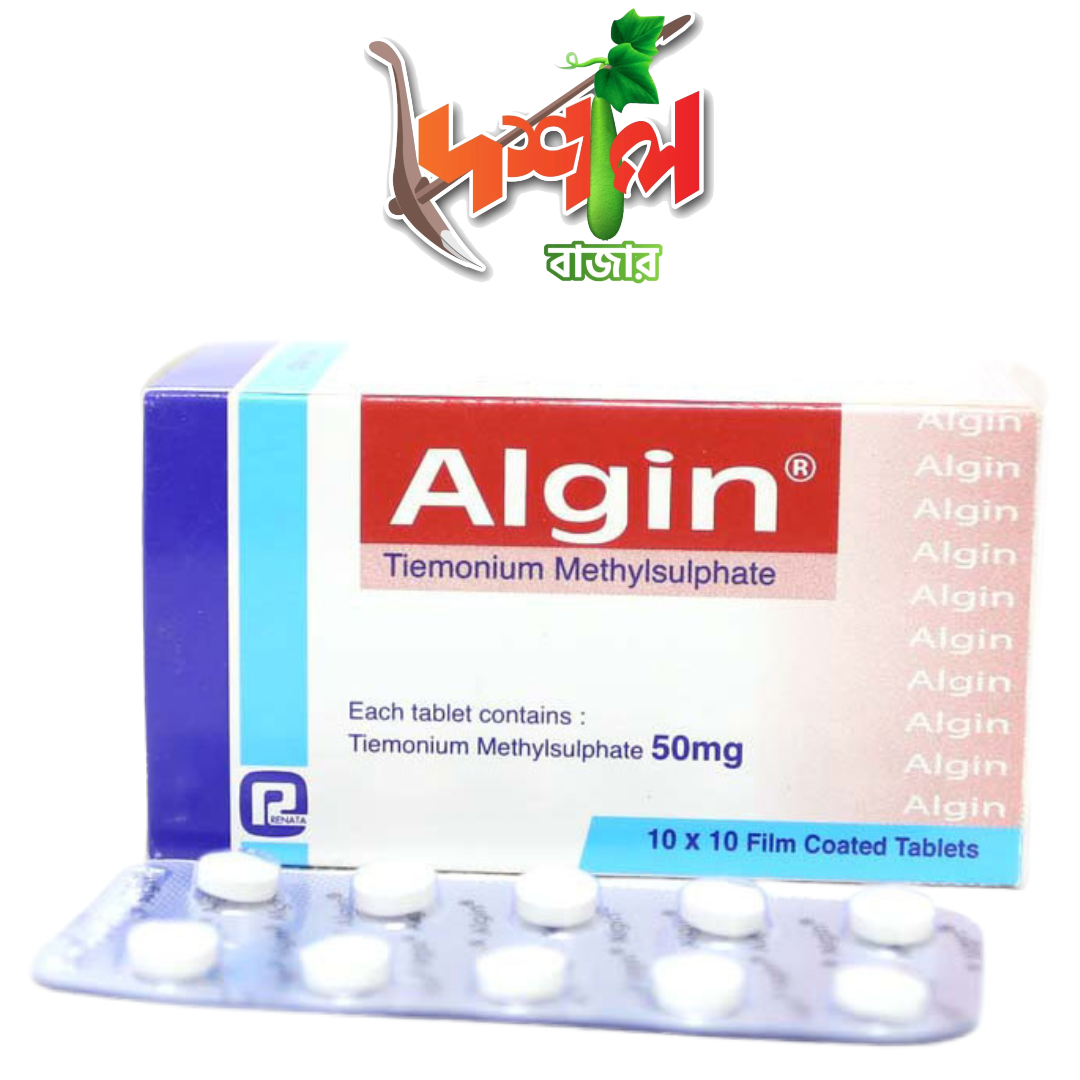






.jpg)
.jpg)
.jpg)
-(1)-(1).png)
-(3)-(7)-(2).jpg)
-(13).jpg)
-(3)-(6).jpg)
-(12)-(2).jpg)
-(12)-(2)-(1).jpg)